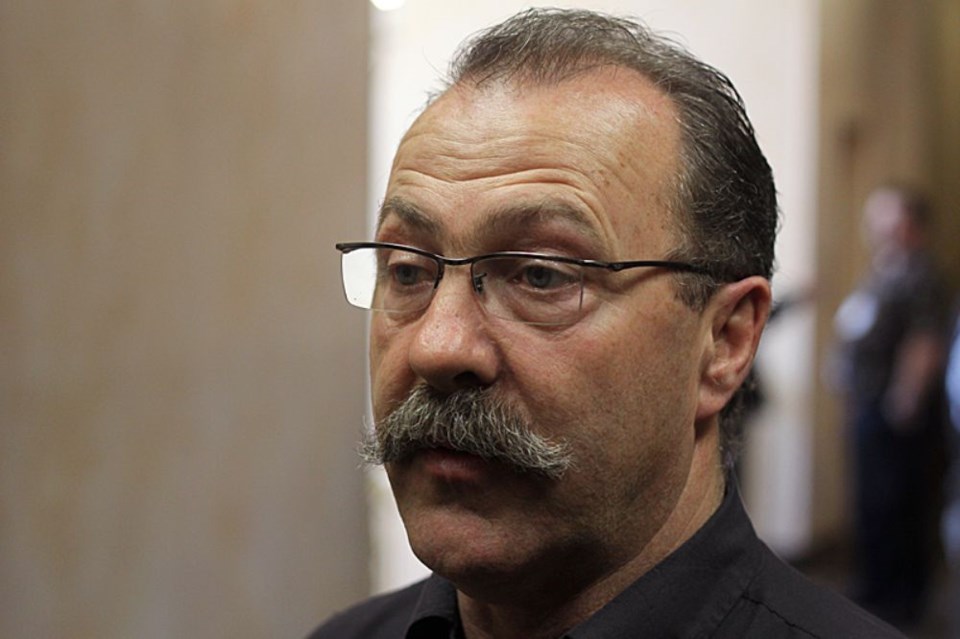THUNDER BAY - A number of regional leaders are adamant the standards for highway maintenance need to be enhanced or more strictly enforced.
Those leaders, including Marathon Mayor Rick Dumas, brought their concerns forward Friday morning at the Thunder Bay District Municipal League meeting in a question and answer session with Ministry of Transportation acting regional director Wayne Prystanski.
Dumas specifically grilled Prystanski over a November storm that closed a significant portion of Highway 17 along the north shore of Lake Superior for more than a full day.
“This shouldn’t happen in today’s economy. This is the Trans-Canada Highway we’re talking about, not some secondary road going into the bush,” he said in an interview.
“There shouldn’t be a 30 hour closure…We have to rectify those problems and make sure our highways are not closed for that length of time.”
The MTO has identified five different classes of highways, determined by traffic volumes each with designated targets for snow removal.
A Class 2 highway, such as Highway 17, must be cleared bare within 16 hours of the end of a storm.
Prystanski said it’s the responsibility of the contractors to meet the defined standards.
“They are performance based contracts, they have requirements to be met,” Prystanski said.
“We carry out audits and we find if they aren’t meeting them then we’ll issue non-conformances to them and they’re given an opportunity to respond, depending on their response it could result in a monetary penalty.”
Dumas remains frustrated over the Nov. 29, 2014 storm that shut down the highway around Marathon for an extended period of time.
He said he has heard the contractors were not adequately equipped with salt and sand and that much of their equipment was not functioning. That was compounded by a storm that combined snow, freezing rain and cold temperatures.
Lengthy closures, such as that one, not only hinders commercial vehicle traffic but severely limits the mobility of people who need to travel.
“There were residents not only stuck in Marathon who had to go to medical services or be out of town but there were also people stuck out of town who couldn’t get back to their community,” Dumas said.
Dumas added there was a storm on Feb. 20 where sections of the highway were not adequately cleared.
Prystanski said highway maintenance has been running smoothly for the most part this winter.
“This winter has been a fairly good winter based on last year’s winter. We’re finding the contractors in all areas are generally are meeting the requirements of their contracts,” he said.
Many of the contractors’ vehicles are equipped with GPS trackers that enable supervisors to keep track of the fleet.
Dumas said sharing that information with municipal officials to give them the ability to actually see, in real time, what measures are being taken to clear the highways would probably alleviate a lot of concerns.
“Any one of us should be able to go onto a computer, go to the MTO’s site, get the passcode and (look up where) the trucks are in our area,” he said. “I should be able to know the trucks are out in a storm putting salt and sand down.
